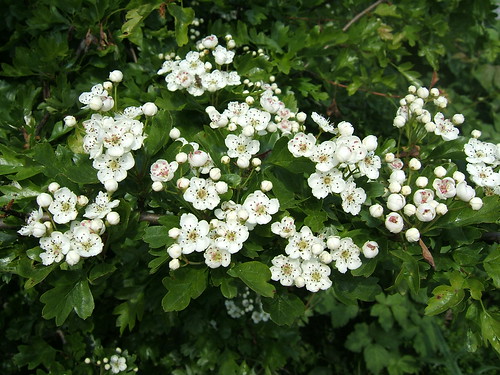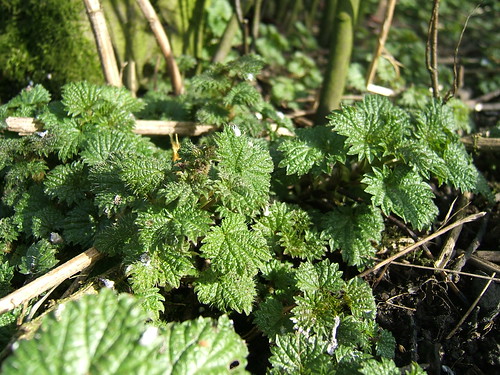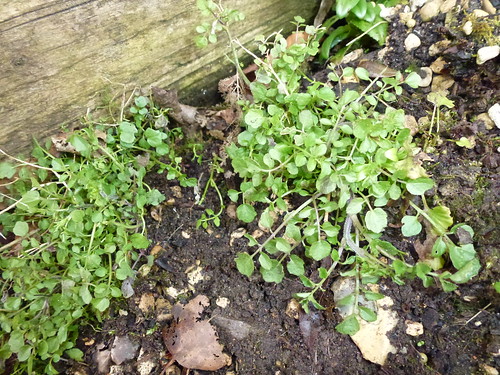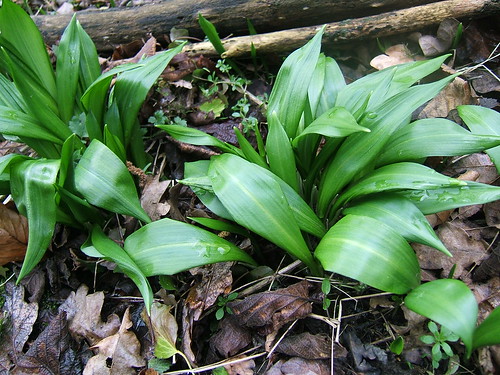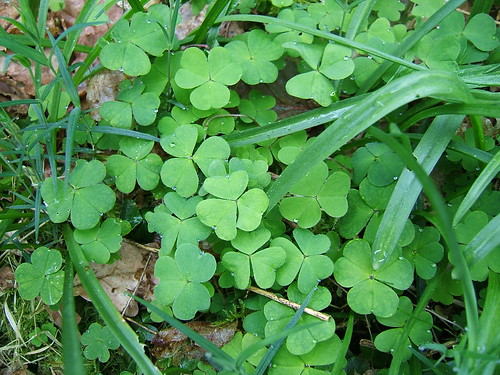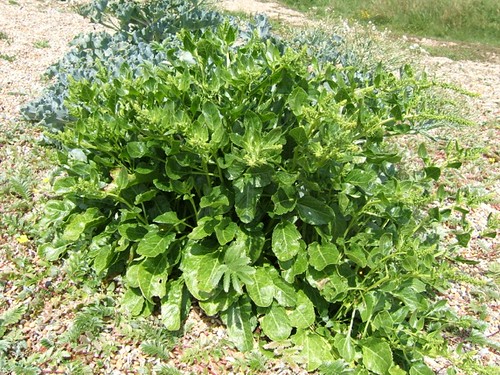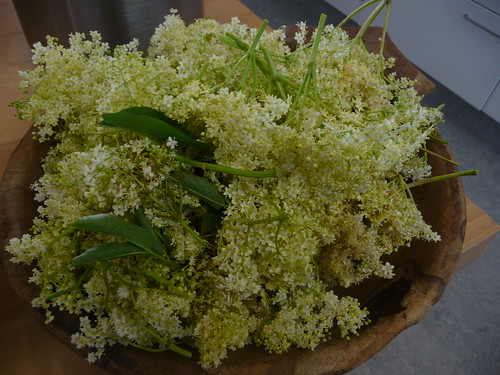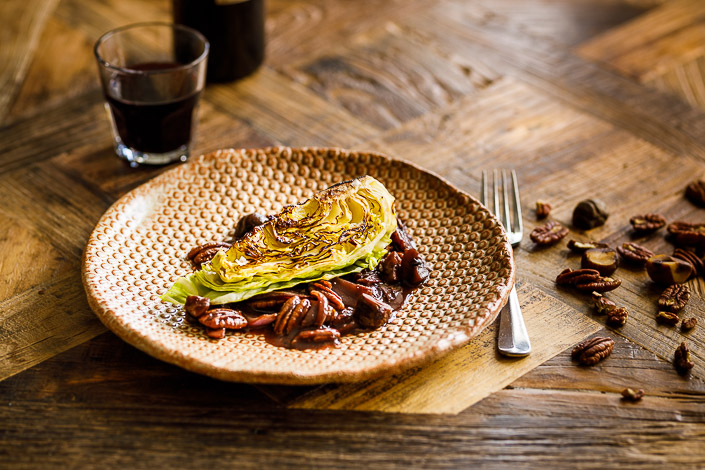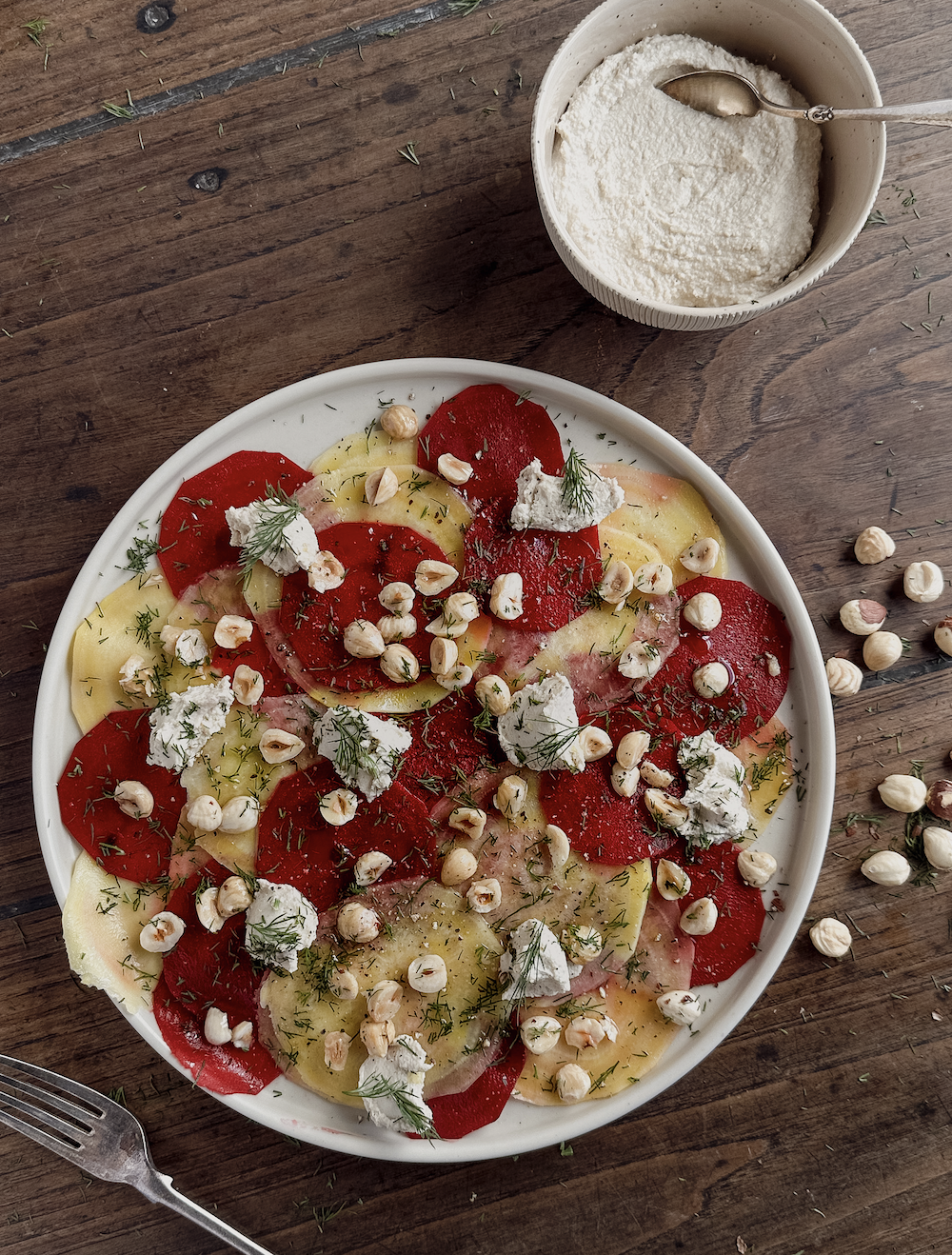Spring Wild Food Foraging
Christopher Robbins gives us some tips on getting started this Spring with Wild Food Foraging.
Bread & cheese (Hawthorn)
Surprise is one of the pleasures of foraging. Every season is different, especially in the early weeks when the order of appearance and the relative exuberance of emerging edible plants can vary dramatically.
February and early March this year have been delayed by the combination of cold days and snow covering. Snow cover isn’t as cold as a heavy frost, but it cuts out whatever sunlight might be about and helps delay growth that way.
Early tender nettle shoots
The stinging nettle has been slow getting above the ground level but there is now enough of a pick for worthwhile collection. Meanwhile, that neglected treat from last autumn, bitter cress or land cress, is still abundant on the vegetable plot and other rich, cultivated soils and the edges of footpaths. If you haven’t tried these Brassica family members, they are surprisingly tangy for the time of year. Use the tiny leaves fresh as mustard-and-cress, or add it to otherwise winter-dull green salads, or sprinkle over soups.
Land cress
Another treasure member of the Brassica family that has been resting under ground during winter is horseradish. It wont be growing yet, but if you know where clumps grow every year, poke around the grass and you will find the short, green shoots lurking. A sturdy spade will be needed but only one good tap-root is enough for a small jar of mustard-fire white-bliss for bringing roast vegetables and cheese to life.
Early Ramsoms (wild garlic) shoots
Wild garlic has shown its advantage in growing from bulbs 9-12 inches below the surface so have been less affected by the colder spring. The leaves are at their tenderest now. The fresh shoots are as long as picking fingers, but so tender and aromatic. They are the Easter treat for foragers. Such a fresh and delicious addition to so many dishes it would be a sin to miss out on this early gluttony. The garlic remains edible even as it matures until flowering and another 6 weeks harvest should remain.
Sorrel overwintering
Spring really is leafy salad foraging heaven. So many different flavours and colours like sheep’s sorrel, wood sorrel (an unrelated species), and my favourite plant that gardeners love to hate, ground elder. Plan salads around foraging trips and you will have an ever-changing mixture of flavours.
Wood sorrel
Sea Beat
If you live near to the sea, especially in the south of the UK, you will have access to the spicy, lovage-like, Alexanders that is already rampant where is grows habitually. Harvest! Add to soups and the young leaves are great in salads. Sea spinach, with its glossy green leaves standing proud above the more battered seaside vegetation is a form of wild spinach that is delicious cooked.
Hedge mustard
Running further ahead to the end of April and into May, more flowering herbaceous plants will be available. Ladies smock will be rising above the grass it has been lurking in and inviting a harvest of its beautiful soft pastel pink to purple flowers. Jack-by-the-hedge will be leaning out of the hedgerows, tempting with those large heart shaped garlicky leaves when they are at their best. The less adventurous will wait another week or two for the tell-tale white flowers that allow identification from 100m!!!
Lovely wild mints will be growing in damp corners of fields and along the edges of hedgerows. Flowers will not be quite ready but the distinct minty aroma and the wonderful range of flavours of the different mints available present a variety of that special refreshing flavour.
Before long the elder will be flowering and later the lime flower. These two tree blossoms give us among the very best of aromatic flowers for syrups and tisanes. Pick out your trees and monitor them for their perfect time to harvest.
Elderflowers
There are enough ideas here for happy foraging. My guide is not to go for anything that you dont recognise, go out foraging with someone who knows their plants and not all edible wild plants are tasty enough to be worth eating. I recommend only those plants that are as interesting in flavour, texture and kitchen value. So if you don’t already know and harvest my suggestions, I do recommend you give then a go.
Christopher Robbins © March 2013
Related Links:
- More wild foraged goodies on Flickr
- Wild food recipes
- Wild food forage and Elderflower fritters
- Wild food walk with Christopher Robbins
- Wild Garlic Recipes
- Pictures from last Years Foraging Walk
To find out more about Christopher's Foraging Walks contact us at The Vegetarian Cookery School.

